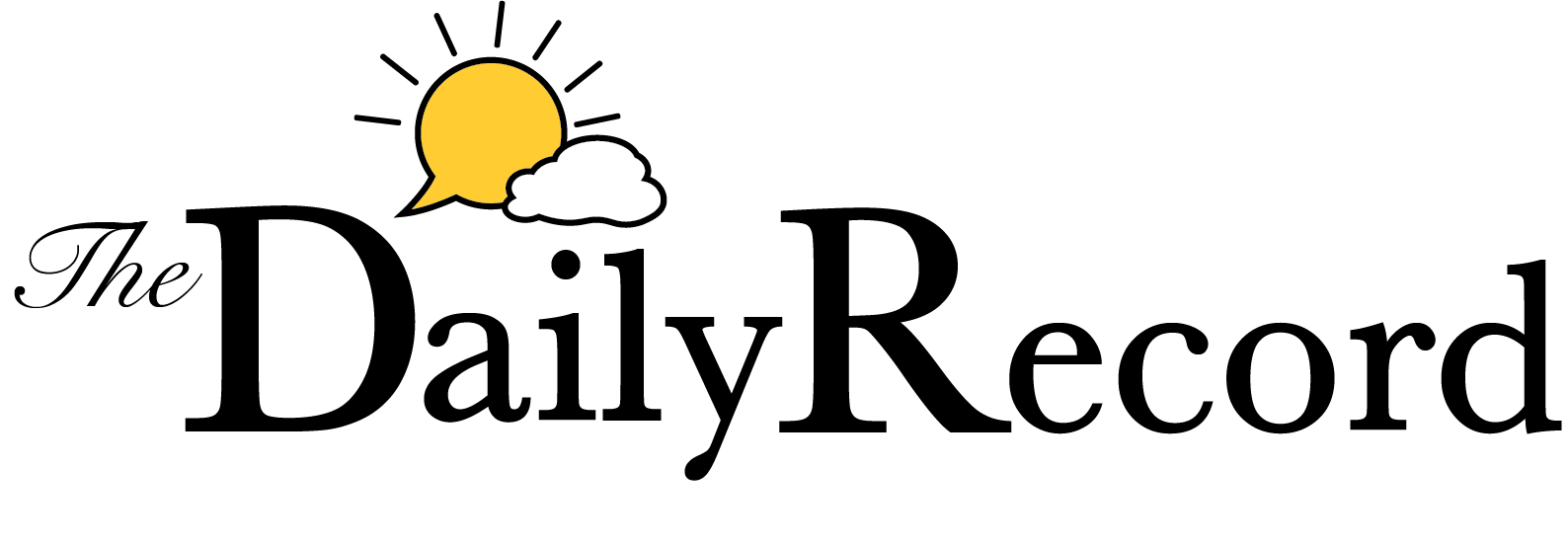How To Fix America’s Confusing Voting System
Faye Combs used to enter the voting booth with trepidation. Unable to read until she was in her 40s, she would struggle to decipher the words on the ballot, intimidated by how quickly the people around her finished and departed. “When the election was over, I didn’t even realize what I had voted for because it was just so much reading,” she said.
Combs’ feelings of insecurity and disorientation when faced with a ballot are not unusual. Voters with low literacy skills are more likely to take what they read literally and act on each word, sometimes without considering context, literacy experts say. Distractions can more easily derail them, causing them to stop reading too soon.
“I’ve seen people try to read [the ballot] left to right and end up skipping entire contests,” said Kathryn Summers, a University of Baltimore professor who has spent decades studying how information can be made more accessible. She has found that voters who struggle to read are also more likely to make mistakes on their registration applications, such as writing their birth date incorrectly or forgetting to fill in the check box that indicates they are a citizen, either of which could lead to their vote being rejected.
As a ProPublica investigation found, today’s election system remains a modern-day literacy test — a convoluted obstacle course for people who struggle to read. Though many people may require assistance with registration or at the ballot box, some counties and states have made it more challenging to secure help.
Experts say that redesigning both the registration and election processes to be more accessible will allow more people to vote without assistance and participate more robustly in democracy. Ballots and forms should be simply written and logically laid out, jargon should be stripped from instructions and ballot amendments and, if possible, new forms should be tested on a diverse group of constituents.
Such reforms can be expensive and time-consuming, which stops some states and municipalities from taking on the task, said Dana Chisnell, who co-founded the nonprofit Center for Civic Design to help states and counties develop accessible voter materials. “They may have old voting systems that they’re holding together with duct tape and baling twine because they can’t afford to replace them or there were other priorities in the county,” she said.
But numerous examples show that when such changes are made, more votes get counted. “If we make it better for people with low literacy, it will actually be better for everyone,” Summers said.
As ProPublica has written, bad ballot design can sabotage up to hundreds of thousands of votes each election year. After the confusing butterfly ballot infamously wreaked havoc in the 2000 presidential election in Florida, the federal government increased its oversight and regulation of local election administration, including issuing voluntary guidelines for how ballots and election materials should look. But states and counties continue to wind up with miscast or uncast votes as a result of design failures.
In 2018, for example, Florida’s Broward County used a ballot where the names of Senate candidates were listed at the bottom of a column, under a long list of instructions.
In most of the state, where other ballot designs were used, the Senate race drew about the same number of votes as the governor’s race. But in Broward County, a Democratic stronghold, fewer people voted for Senate than for governor, which was the race listed at the top of the second column. It’s likely that many people simply missed the Senate race at the bottom of the page. This discrepancy amounted to around 25,000 votes that were never cast. Republican Rick Scott won the race by about 10,000 votes.
Improving design has resulted in fewer skipped races and rejected ballots. The Center for Civic Design has created free online guides for designing accessible forms, which are intended to help local election officials short on resources.
If the essence of democracy is making sure that everyone who is eligible can vote, the election process should lean toward inclusion and accessibility, said Whitney Quesenbery, co-founder and executive director of the center. “Someone who has decided to vote ought to have a fair shot at getting their ballot counted,” she said. “The way you make sure that it gets honored is by telling people what they have to do in a clear way.”
Accessibility experts like Quesenbery say that these changes can improve the voting process for everyone, but especially for voters with limited reading abilities.
In 2010, New York voters got confusing messages if they accidentally overvoted — that is, voted for too many candidates — using machines made by two companies, Election Systems and Software and Dominion. The electronic screen on ES&S machines featured a red button saying “Don’t Cast — Return Ballot” and a green button saying “Accept.” Similarly, the Dominion machines featured a red button labeled “Return” and a green button labeled “Cast.” It was unclear which button would actually allow voters to fix the problem and many pressed the green button, which submitted their incorrectly filled-out ballot and meant that their vote was not counted at all.
As a result of a lawsuit that the Brennan Center for Justice and other groups filed against New York election officials, ES&S changed the messages on its buttons before the 2012 election, but Dominion did not get final permission for similar changes in time. The new buttons on ES&S machines gave voters the option to either “correct your ballot” or “cast your ballot with mistakes” — a much easier choice to understand than the previous options. That election year, rates of overvoting declined on both machines, but ES&S machines saw twice as big a drop as Dominion machines.
ES&S spokesperson Katina Granger said the accessibility changes for that election show “the need to continually obtain real world feedback from both customers and usability experts.” Dominion did not respond to ProPublica’s emailed questions.
This story was published with Gray TV and ProPublica, an independent, nonprofit newsroom that produces investigative journalism. Find more at propublica.org.
Category:
User login
Omaha Daily Record
The Daily Record
222 South 72nd Street, Suite 302
Omaha, Nebraska
68114
United States
Tele (402) 345-1303
Fax (402) 345-2351




